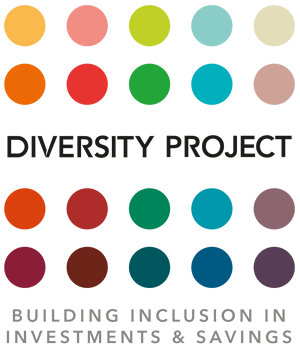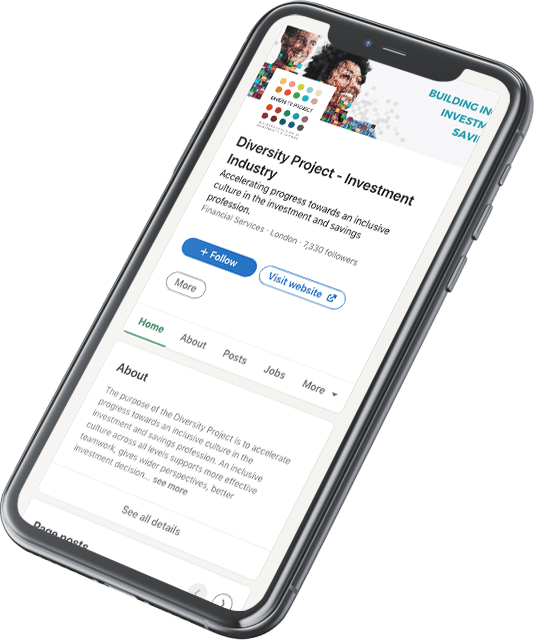There’s a saying that ‘you’re only ever as happy as your unhappiest child.’ I can tell you that as a mother of two little autistic boys, ‘happiness’ is fleeting in our house. Often, it is replaced with anxiety, anger, volatility and fear.
So, having spent almost 20 years working full time and struggling, like most working parents, with the omnipresence of guilt for not being seen on the daily school run, I decided to take a year out. Not least because my eldest was beginning to really struggle with the increasing pressure of school life.
In my mind, maybe if I didn’t work, I could focus all my attention on the children, I could somehow make them ‘better’ and in turn, it would make us a better, happier family.
I failed. I didn’t make them better. Instead, I had a breakdown.
My frustration and total lack of understanding about why I wasn’t able to ‘cure’ my children so that I could take them to the supermarket (too busy), to a park (too noisy) to a restaurant (total sensory overload) or heaven forbid even get them to sit down at the dinner table, ultimately lead to depression. The type of depression that creeps up on you slowly, each day comprised of 24 long, lonely hours filled with tears.
It was only when my best friend pointed out that not only was I not helping my children, but I was adding to their anxiety (they were now beginning to worry about me too), that I reluctantly went to the doctors and began my own road to recovery through a combination of medication and therapy. This is what I learnt on my journey.
1. Individuals with neurological differences cannot and do not need ‘curing.’
Society tends to think of individuals with neurological differences as dysfunctional or as having a disability. As a mother, I craved for my children to be ‘normal.’ The concept of neurodiversity, is that differences among people should be recognised and respected – not ‘cured.’ Indeed, the genes for autism and ADHD should not be seen as dis-anything. They are a result of variations in the human genome that can and do have advantages for society.
For example, individuals on the autistic spectrum tend to have exceptional memory skills, heightened perception in vision, taste and smell and a precise eye for detail. Those with ADHD have the gene DRD4 which is often referred to as the ‘novelty seeking gene’ and tend to thrive in situations of rapid change and variety and excel at creativity and out-of-the-box thinking.
I realised, eventually, that instead of trying to make our children fit into an environment they couldn’t tolerate, we should try to change the environment to suit the children.
I recognised they weren’t just being naughty or difficult, they were genuinely struggling. The most significant results were achieved simply by changing our demands and expectations on them, thereby reducing frustration on both sides.
Minor changes such as introducing noise cancelling headphones in periods of stress, purchasing ‘sensory friendly’ clothing such as seamless socks and seamfree underwear, buying dinner plates to segment foods so nothing touched, and abandoning restaurants and hotels in favour of villas and takeouts all made marked improvements to our family life.
2. Being at home did not make me a better mother
When I was working full time, I ensured that I dedicated my weekends to my family. We would arrange long walks in the country, visit countless animal sanctuaries and play dinosaur monopoly for hours.
But the fact is I hate, I mean really hate, children’s board games. Snakes and ladders is acceptable but only when using three dice and operating under a strict first past the post strategy. None of this having to land on 100 EXACTLY business. And as for the person who invented Labyrinth? We need to have words. The fact of the matter is, when you are at home all day, you can always find household tasks that need doing, often at the expense of time with the children. I had mistaken quantity time for quality time.
3. I LOVE my job
Who knew? Well, to be honest, I think I always knew – deep down. But I’d never given myself the opportunity to really reflect, to determine whether I just kept going because I dared not to step off the treadmill or whether I did in fact keep going because I loved my job. Turns out it was the latter. I loved being surrounded by smart, passionate people – (who were, in the main) driven by a desire to build meaningful, effective relationships with clients.
4. We’re at a tipping point in our industry to improve the way we behave for the benefit of our customers
Which leads me to my final point and with reference to my rather oblique comment above. The financial services industry has not always behaved well. Each one of us will most likely have experienced, or can make reference to examples where greed, poor culture, lack of ownership and indeed lack of responsibility, have led to catastrophic outcomes for investors.
Today, we live in a far more highly regulated environment which means that many of the events of previous years should not be allowed to happen again. But that in itself is not enough. A change in regulation needs to co-exist with a change in culture. But how do you go about changing a concept as nebulous as ‘culture?’
In a recent article published by Willis Towers Watson, a good culture can be assigned to:
- Strong leadership
- Healthy balance between focus on clients and employees
- Incorporating diversity.
During my year out, I was inspired to become actively involved with the wonderful initiative that is the www.diversityproject.com – which seeks to address the lack of diversity within financial services. Whilst each diversity initiative has important and interesting social benefits, the real reason we should all be focussing on building more diverse workforces is for innovation. Diversity of thought, or rather cognitive diversity has to be the end game.
Differences in race, gender, sexual orientation and socioeconomic backgrounds are some characteristics to focus on, but we should also be focussing on neurological differences. I am not suggesting that any one of these points of diversity is more potent than others but rather that diversity in every sense makes our world a better place and neurodiversity plays a huge part in that.
Recommended viewing:
National Autistic Society: Could you stand the rejection?
Dr Devon MacEachron: What you need to know about neurodiversity
https://nowthisnews.com/videos/news/what-you-need-to-know-about-neurodiversity
1 “If a man comes to the door of poetry untouched by the madness of the Muses, believing that technique alone will make him a good poet, he and his sane compositions never reach perfection, but are utterly eclipsed by the performances of the inspired madman.” – Socrates.






